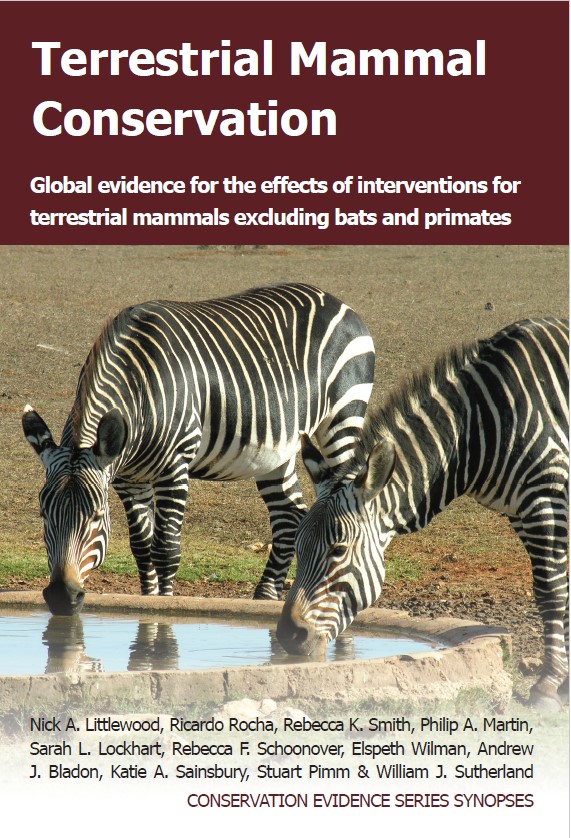Install traffic calming structures to reduce speeds
-
Overall effectiveness category Unknown effectiveness (limited evidence)
-
Number of studies: 1
View assessment score
Hide assessment score
How is the evidence assessed?
-
Effectiveness
60% -
Certainty
30% -
Harms
0%
Study locations
Supporting evidence from individual studies
A before-and-after study in 1990–1998 in Tasmania, Australia (Jones 2000) found that following installation of barriers to create a single lane, rumble strips, reflective wildlife signs, reflective wildlife deterrents, wildlife escape ramps and publication of an educational pamphlet, an eastern quoll Dasyurus viverrinus population partially re-established and vehicle collisions with Tasmanian devils Sarcophilus laniarius, but not eastern quolls, decreased. Results were not tested for statistical significance. Following local extinction, 3–4 quolls re-colonised within six months of installation, increasing to ≥8 animals after two years. Road-kills were similar for quolls before and after implementation (1.6 vs 1.5/year), but decreased for Tasmanian devils (3.6 vs 1.5/year). Vehicle speeds declined by 20 km/h (17–35% reduction) at the site centre and by 3–7% at edges. Following road widening in 1991, vehicle-wildlife collisions increased and quolls became locally extinct (from 19 animals). In 1996, four ‘slow points’ (barriers, creating a single give-way lane, rumble strips and four other interventions) were created. Animals were surveyed using 60 cage traps for three nights in alternate months in October 1990–April 1993. Then, 10–20 traps were set for 20–100 trap nights in each April, May and July of 1995–1998. Spotlight counts were made once or twice in 1991, 1995, 1996 and 1998. Road-kills were recorded in 1990–1996. Vehicle speeds were recorded at four locations.
Study and other actions tested
Where has this evidence come from?
List of journals searched by synopsis
All the journals searched for all synopses
This Action forms part of the Action Synopsis:
Terrestrial Mammal Conservation
Terrestrial Mammal Conservation - Published 2020
Terrestrial Mammal Conservation





)_2023.JPG)














